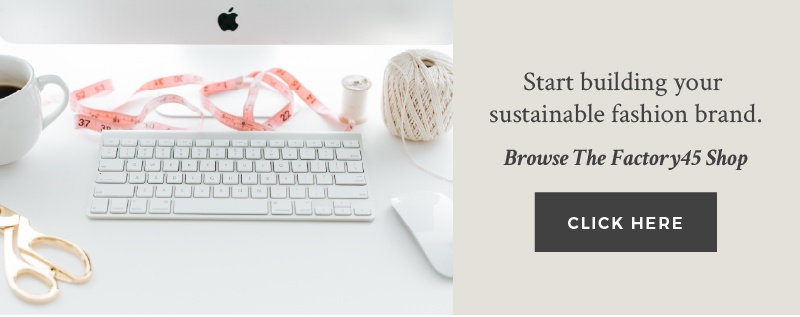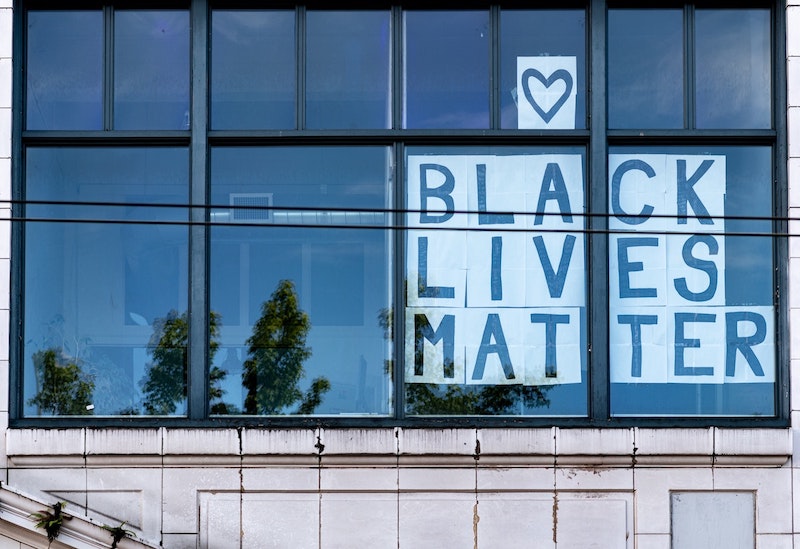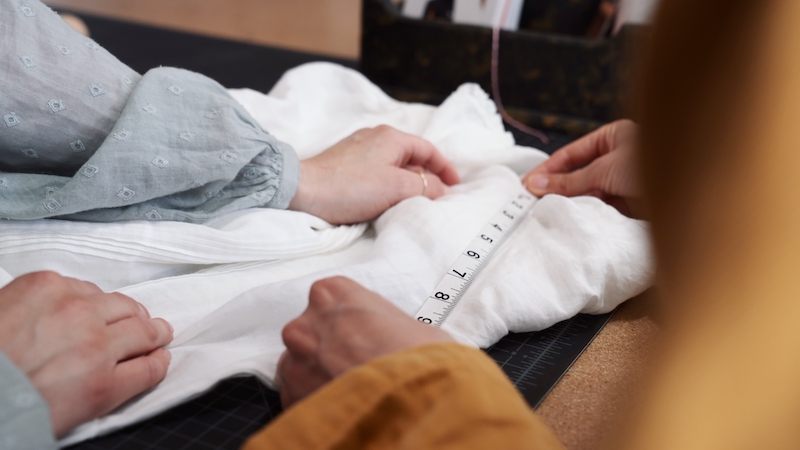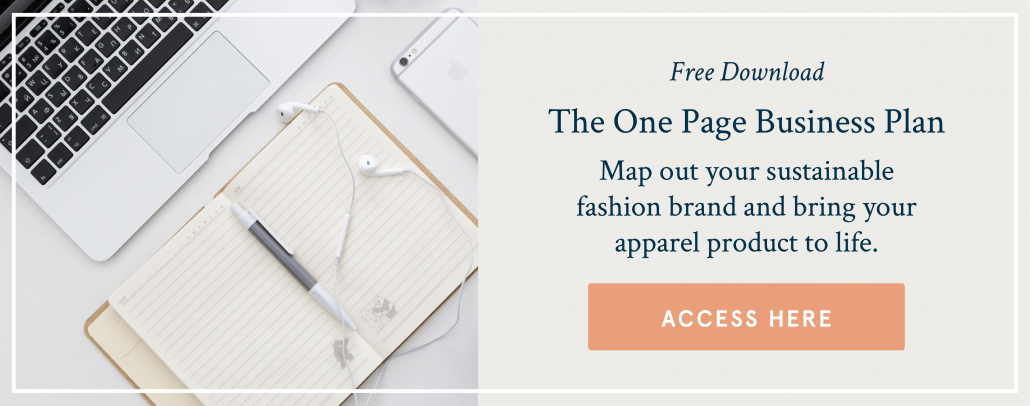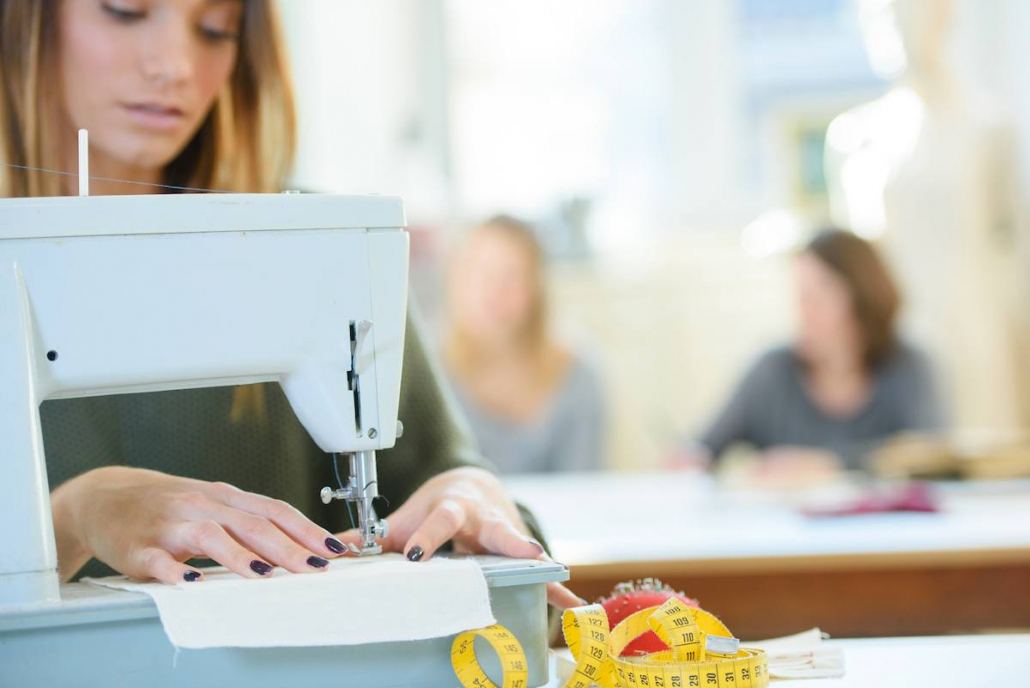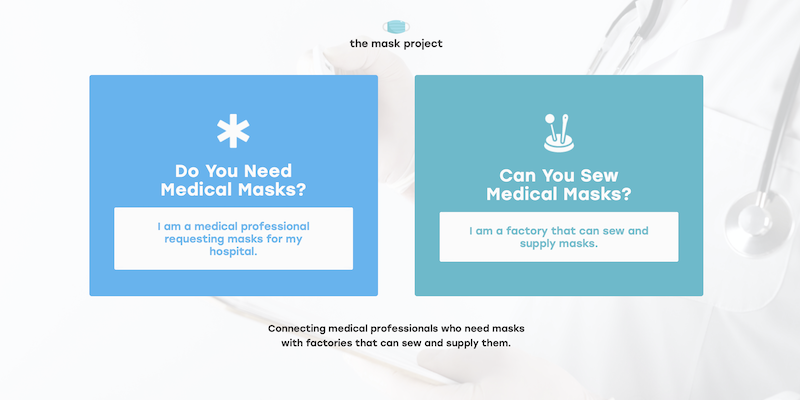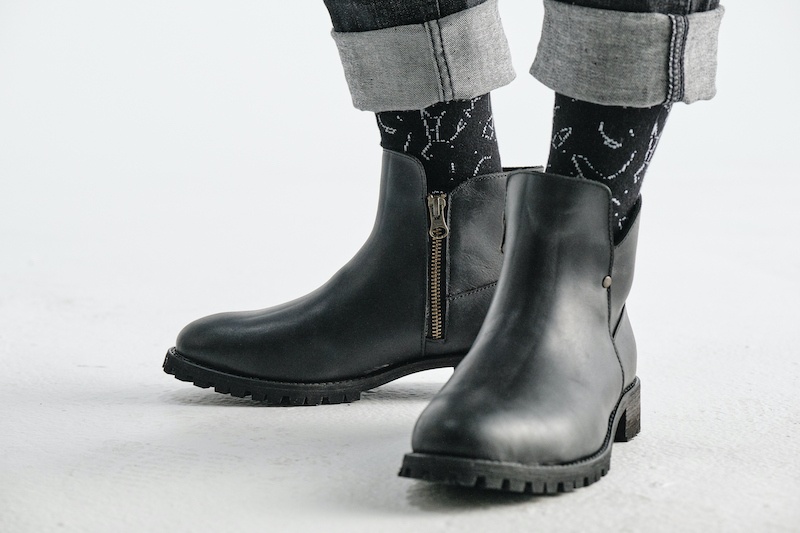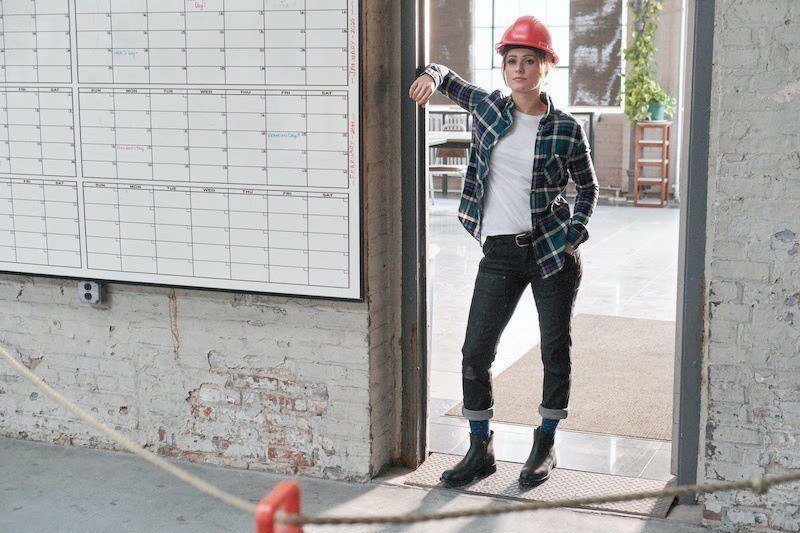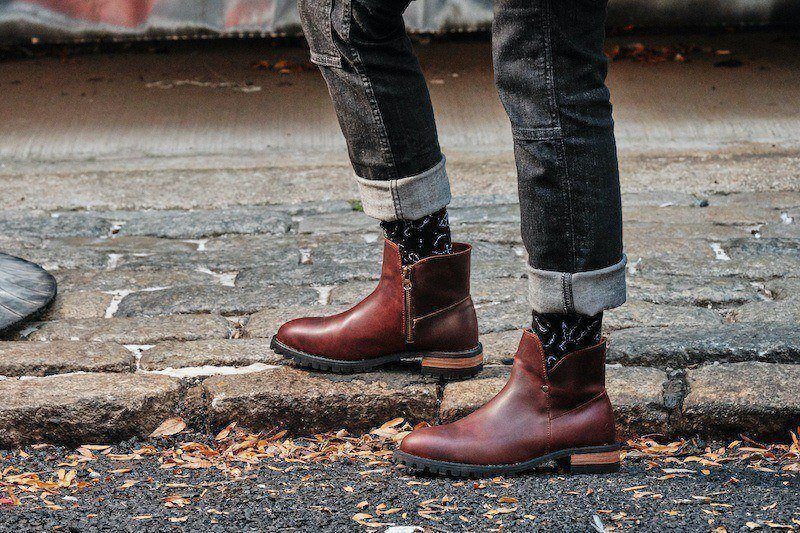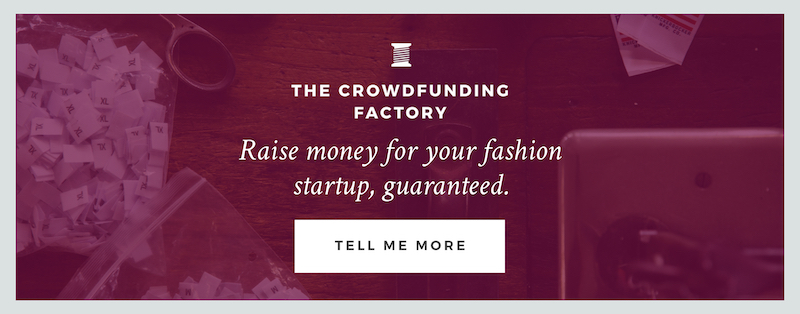“So, what are we looking at timeline-wise?” I asked my creative director as we mapped out a new project.
“Well, it will be about two months for the first launch and around five months for the second one,” she replied.
Five months?! That puts us into 2021!
I thought back nostalgically to launching Factory45 in 2014. I came up with the idea around March and it was live the next month.
That “lean startup model,” that had worked so well for me in the past, was feeling very far away.
In the beginning stages of entrepreneurship, you’re told to get a minimum viable product out into the world. You’re told to stay lean, fight perfection, and test the market.
These are still my favorite ways to launch a business.
But when you’ve been running the same company for 6+ years and you’ve built a brand and a track record, you simply can’t come out with a half-assed idea.
Because everyone is expecting a certain caliber.
And a “certain caliber” takes time.
You’re dependent on other people, other schedules, and it’s just more… complicated.
I know what you’re thinking:
“What I wouldn’t give for a team! You’re so lucky to have resources around you, you’re so lucky to have experience and credibility!”
And those things are all absolutely true.
My point is, entrepreneurship doesn’t necessarily get easier.
It just gets complicated in different ways.
You go from struggling to connect your email provider with your landing page in year one — to struggling with pressure and expectations in year seven.
That’s all to say, if you’re planning on an entrepreneurial career for the long-haul, it really is the best.
But I would also say, appreciate where you are right now.
If you’re still in the early stages of launching your first business (it probably won’t be your last), then there’s a unique opportunity in that.
You’re learning more than you ever could in school just by doing and taking action.
And you have freedom — freedom to try new strategies, experiment with different marketing tactics, to explore your voice and your brand.
So, have fun with it. Try to relax. Know that you will make mistakes.
Remember that every obstacle or “catastrophe” is a turning point in your story.
Because in reality, just by starting a business, you’re doing what 99 percent of people wouldn’t ever do.
And that’s something to celebrate.


